-
Products & Services
- Services
Education and support
 Education and supportCreative resources to learn more about paper, printing and everything in between.
Education and supportCreative resources to learn more about paper, printing and everything in between. -
Sustainability & Impact
Fresh Facts on Fresh Fibre
 Fresh Facts on Fresh FibreLearn how to choose between fresh and recycled fibre for your next project.
Fresh Facts on Fresh FibreLearn how to choose between fresh and recycled fibre for your next project.The Power of Trees
 The Power of TreesWhere the power of trees meets the strength of Sappi.
The Power of TreesWhere the power of trees meets the strength of Sappi.Product CoC Claim Options
 Product CoC Claim OptionsYou should be confident in your supplier’s approach to sustainability.
Product CoC Claim OptionsYou should be confident in your supplier’s approach to sustainability. -
Innovation & Collaboration
Sustainable alternatives to plastic
 Sustainable alternatives to plasticUsing cellulose and woodfibre from trees
Sustainable alternatives to plasticUsing cellulose and woodfibre from treesPartner with us
 Partner with usWorking with brands to develop sustainability solutions
Partner with usWorking with brands to develop sustainability solutions -
News
- Events
COVID-19 Resource centre
 COVID-19 Resource centreCentral Resource Centre for all COVID-19 info
COVID-19 Resource centreCentral Resource Centre for all COVID-19 info -
About us
Research and development
 Research and developmentWorking on tomorrow’s solutions.
Research and developmentWorking on tomorrow’s solutions.2023 Sappi Annual Integrated Report
 2023 Sappi Annual Integrated ReportContinually shaping our business.
2023 Sappi Annual Integrated ReportContinually shaping our business.

As a designer and production manager, color fidelity and accurate color reproduction—from initial design to color-managed workflow and, ultimately, to the printing process itself—has always been of paramount importance to me. Correctly color calibrated devices—whether a scanner, monitor, color output printer, proofer or RIP—are imperative to good color management. But, even before we discuss accurate devices, it’s important to start at the beginning and consider how our eye actually sees color.
“The whole world, as we experience it visually, comes to us through the mystic realm of color.” --Hans Hoffman, Artist Photoreceptors—the rods and cones, in our eyes—assist us in seeing the color. The most common color blindness, Red-Green color blind, affects 8% - 10% of men. As such, those afflicted with Red-Green color blindness have a limited ability to distinguish between reds and greens and shades made up of either of the two colors. Only an estimated .5% of women are color blind. According to Daniel Flück, author of the Colblinder blog, “The colorblind have a narrower color perception. Green is still green and red stays red most of the time, but not as vibrant or bright…Colors lie closer to each other, especially shades of colors” * There are numerous tests for color blindness: the Ishihara 38 Plates Test is the one most men are familiar with. Each test consists of a set of colored, dotted circles with subtlety dissimilar colored dots creating numbers or patterns within. The objective of each test is to perceive the color-dotted number or pattern inside. Based on what can (or cannot) be seen, optometrists can determine a diagnosis of color blindness. From a “should I be the one to color correct this image” perspective there are two easily accessible tests to consider. The first is The Color Arrangement Test. It’s a simple test, wherein you arrange 15 color plates, yet it offers great insight into one’s basic color comprehension. But, the best test in my opinion, is the Farnsworth-Munsell 100 Hue Color Vision Test which was created in 1943 and is used to distinguish persons with normal color vision into classes of superior, average or low color discrimination. Both of these tests, and more, are available at http://www.color-blindness.com/color-blindness-tests/#colorarrangementtest During a recent visit to a toy store I was fascinated by (and had to purchase) a puzzle that might, in fact, be the ultimate color test--The ColorCube. It contains 128 different colored pieces and 48 connecting rods. The goal of the puzzle is to build a color matrix in three dimensions. Check it out at www.colorcube.com. I'm not sure how they can call this a ‘toy” but if you can put this together correctly, I believe you should include the skill in your resume. You’ll have a bright future in color correction! To learn more about color management in the printing process, check out Sappi’s report, Behind the Scenes: Spotlight on Color Theory and Brightness.
Welcome to Sappi etc. Education. Training. Consulting. And more. Get industry perspectives and learn about Sappi’s programs for creatives, printers and marketers.
Click here to view the archive.











































































